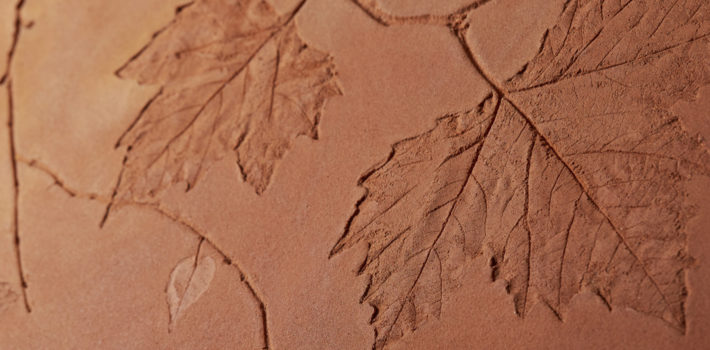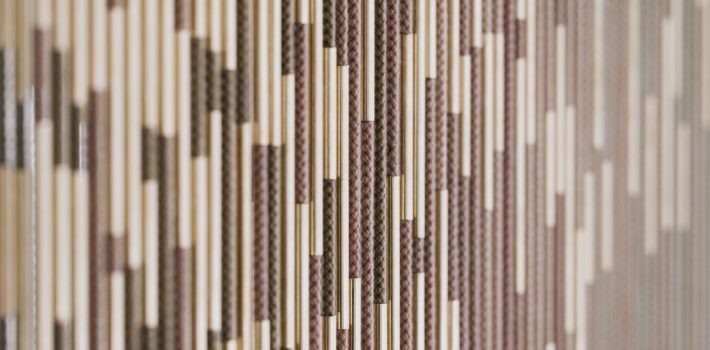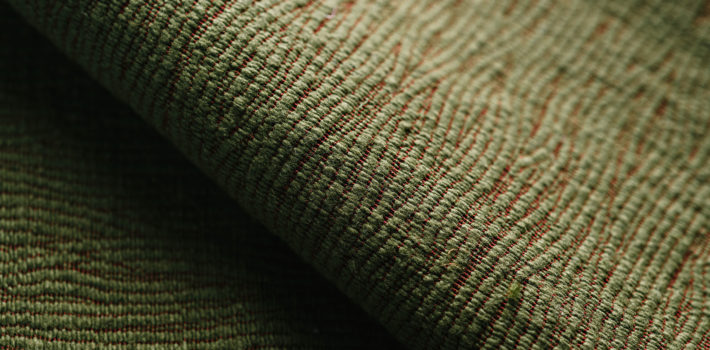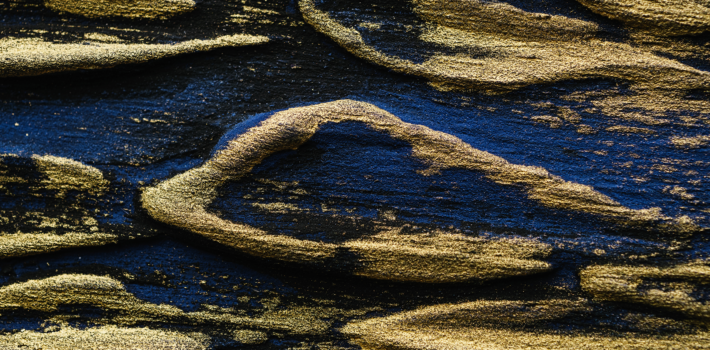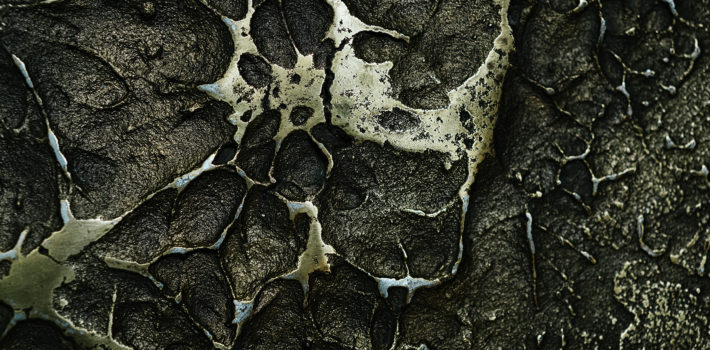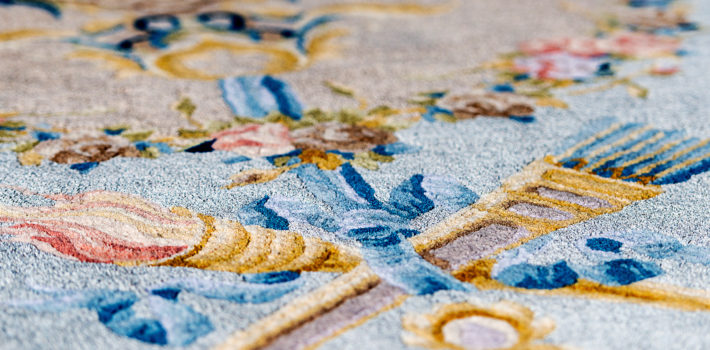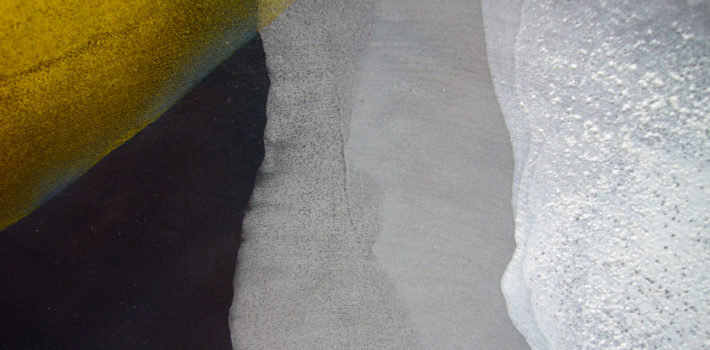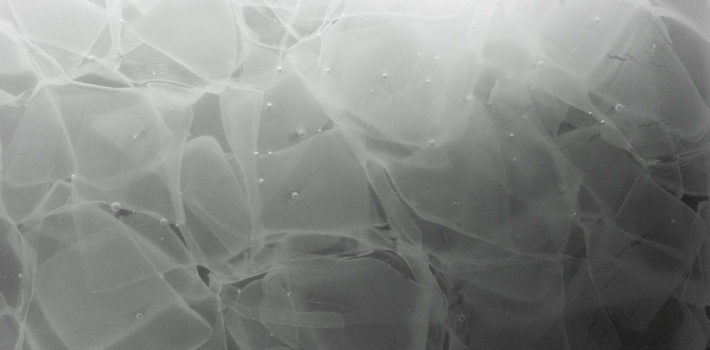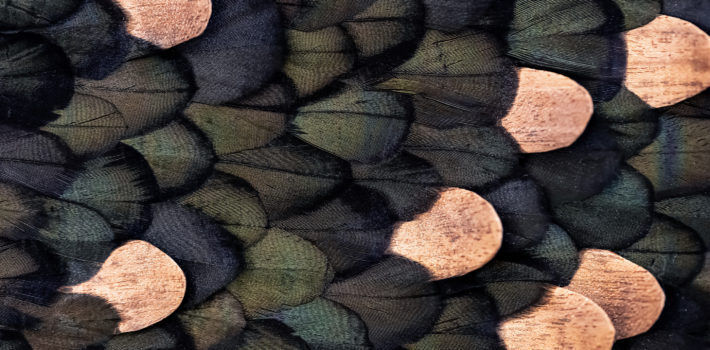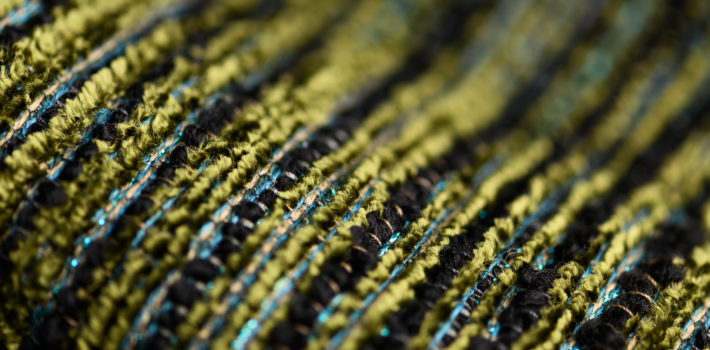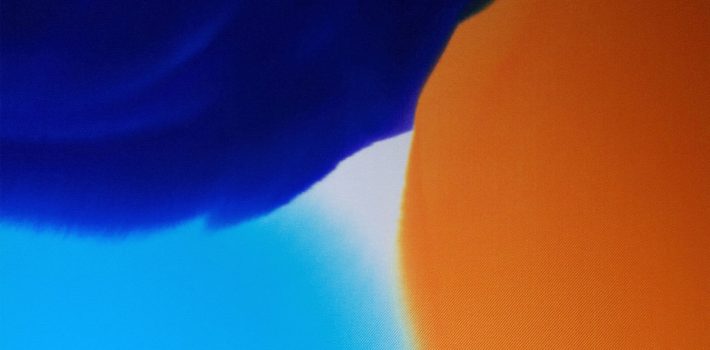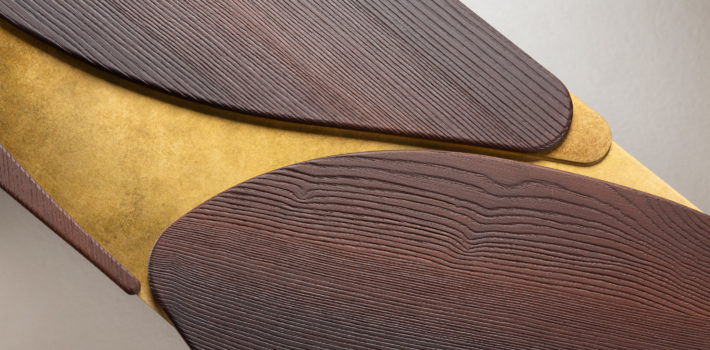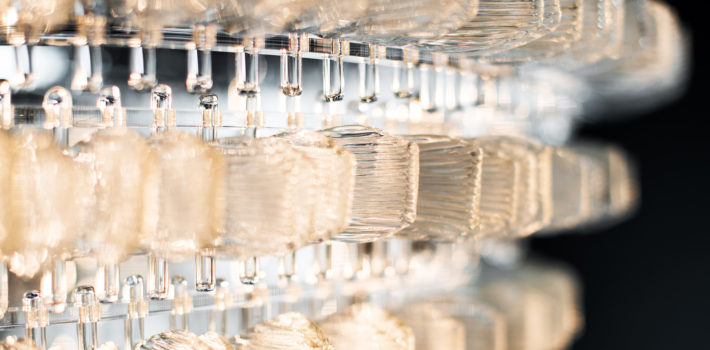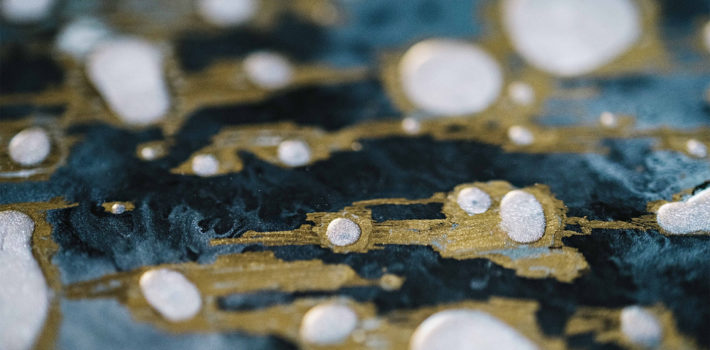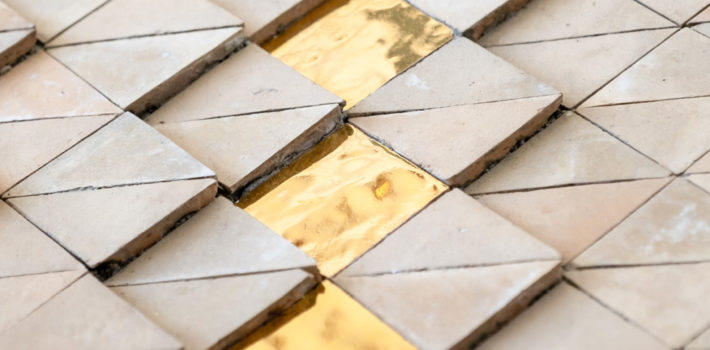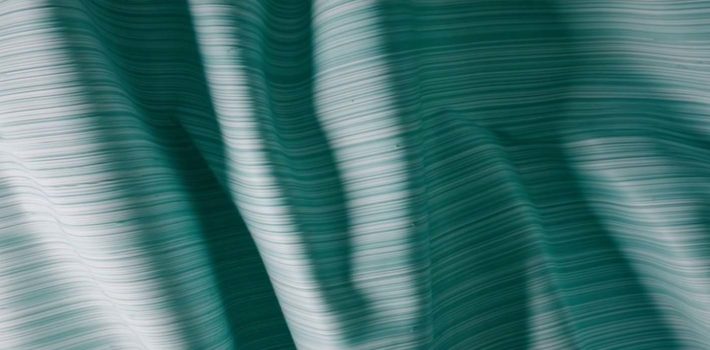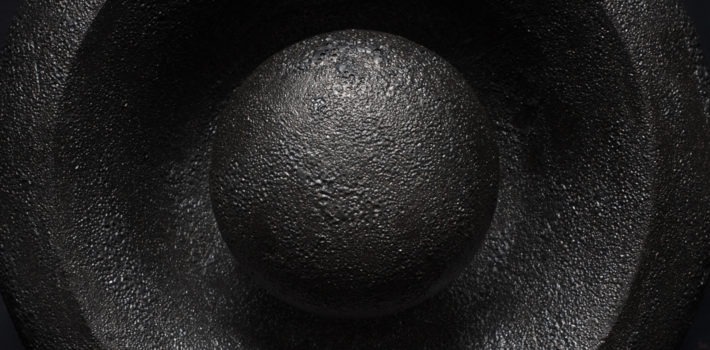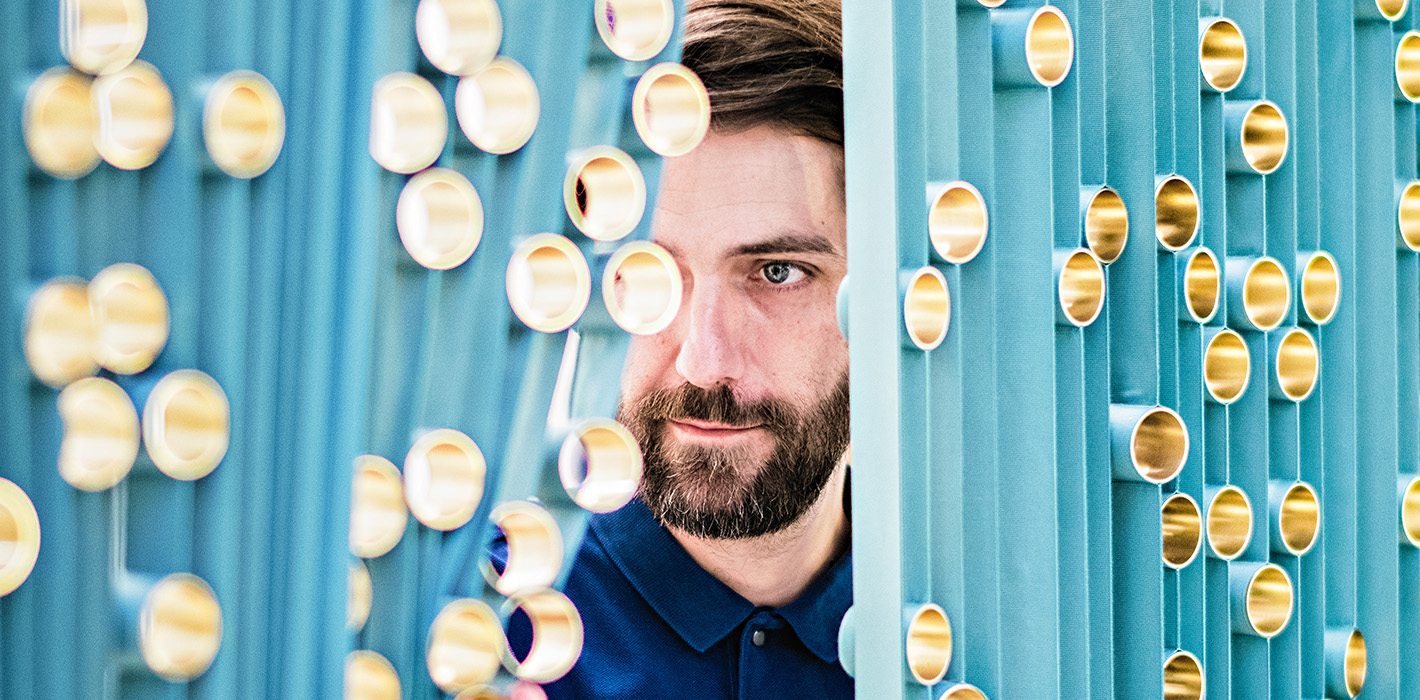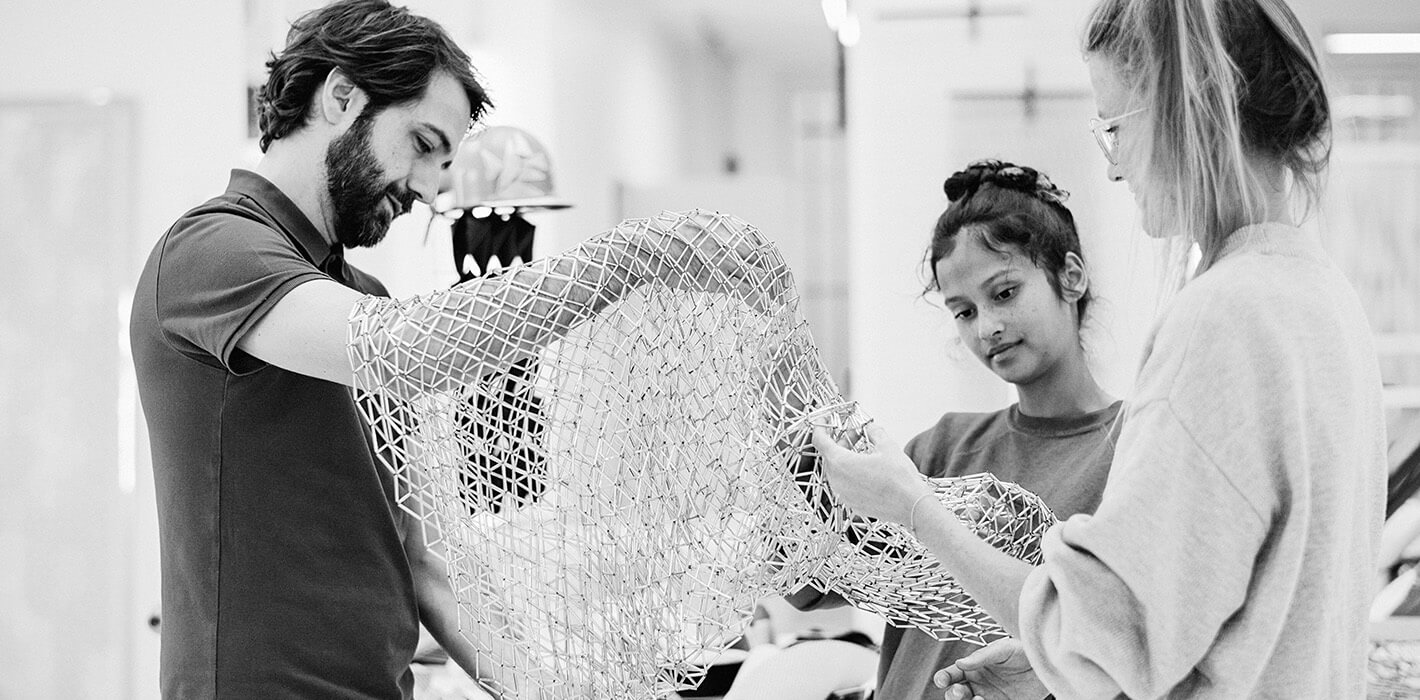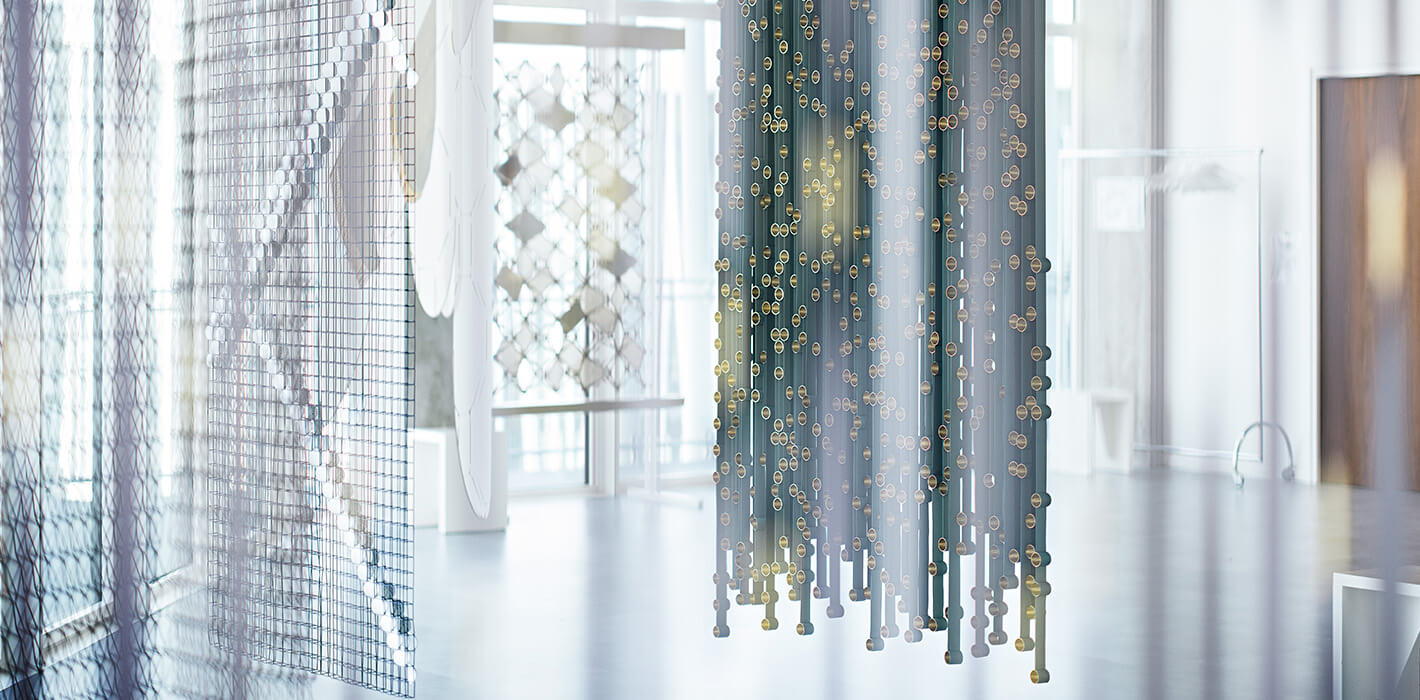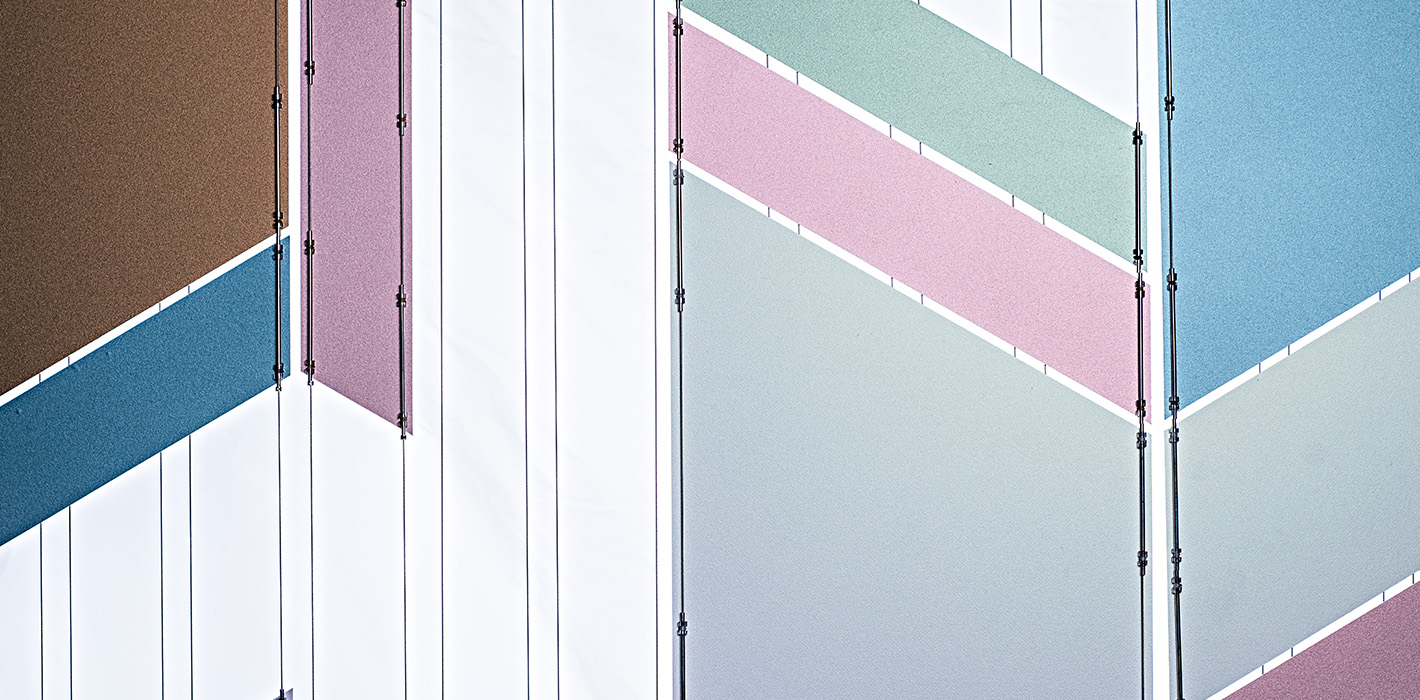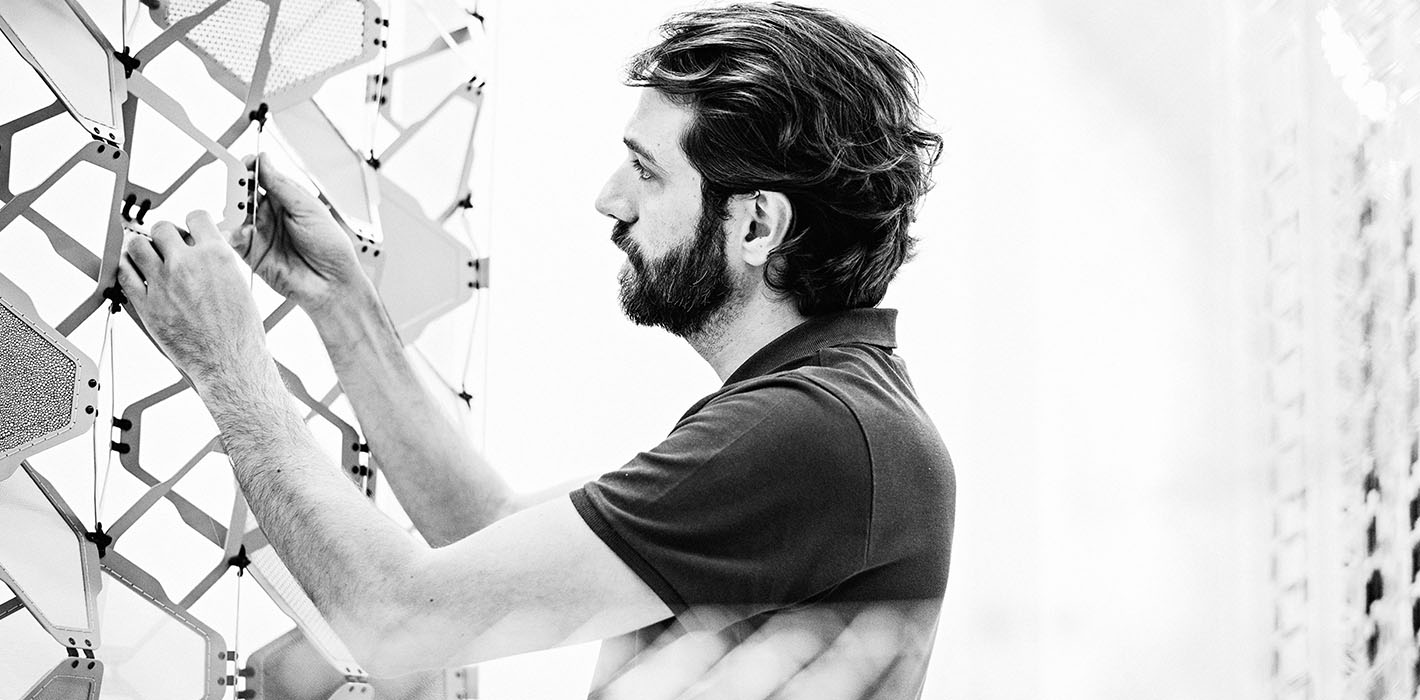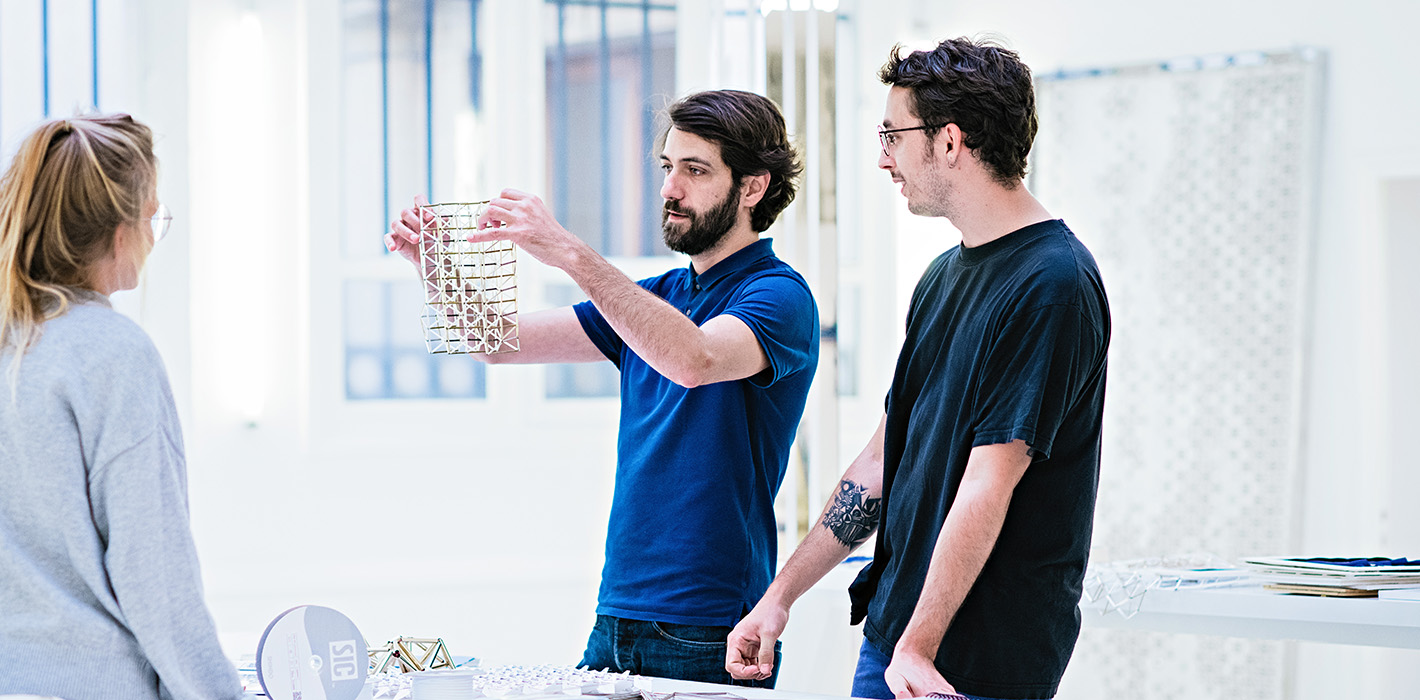Mathieu Bassée
Artistic Director of Studio MTX
Artistic Director of Studio MTX, Mathieu Bassée has been applying his experience and creativity to the service of Chanel’s House of Art since 2015. He explains how design became a part of his life, the DNA of Studio MTX, and narrates the evolution of this House that offers architectural embroideries.
What is your background?
Design has always been a part of my life, but I never thought I could turn this passion into a profession. My first encounter with design happened during a school trip at the age of 17, in the shop of the Museum of Modern and Contemporary Art in Nice, where I lived at the time. I was captivated by the design of the Fluocaril toothbrush designed by Philippe Starck. Seeing a blister with a ribbed transparent shape, a blue flame inside… I thought that a toothbrush could be something other than the basic, somewhat crude, orange with black and white bristles that I always saw. This toothbrush definitely brought design into my frame of reference, but I still pursued a path far from design for 10 years.
After completing my high school, I entered a preparatory class and then a business school. My first job was with an Anglo-Saxon consulting firm in Lyon, focusing on local economic development. At the age of 20, I had the opportunity to go to New York with this company, and that’s where my second revelation occurred. One evening, as I was returning from work, I stood in front of the lobby of a building under construction, mesmerized by a pendant light floating at a dizzying ceiling height. This pendant, designed by Sven Middelboe, was an assembly of concentric circles in sheet metal. This second formal encounter and the emotion it evoked in me decided me to return to France and embrace the direction that had always been mine. So, at the age of 27, I joined ENSCI. This school allowed me to materialize my encounter with material, forms, technique, usage, function… It was the most beautiful learning experience I have ever had.
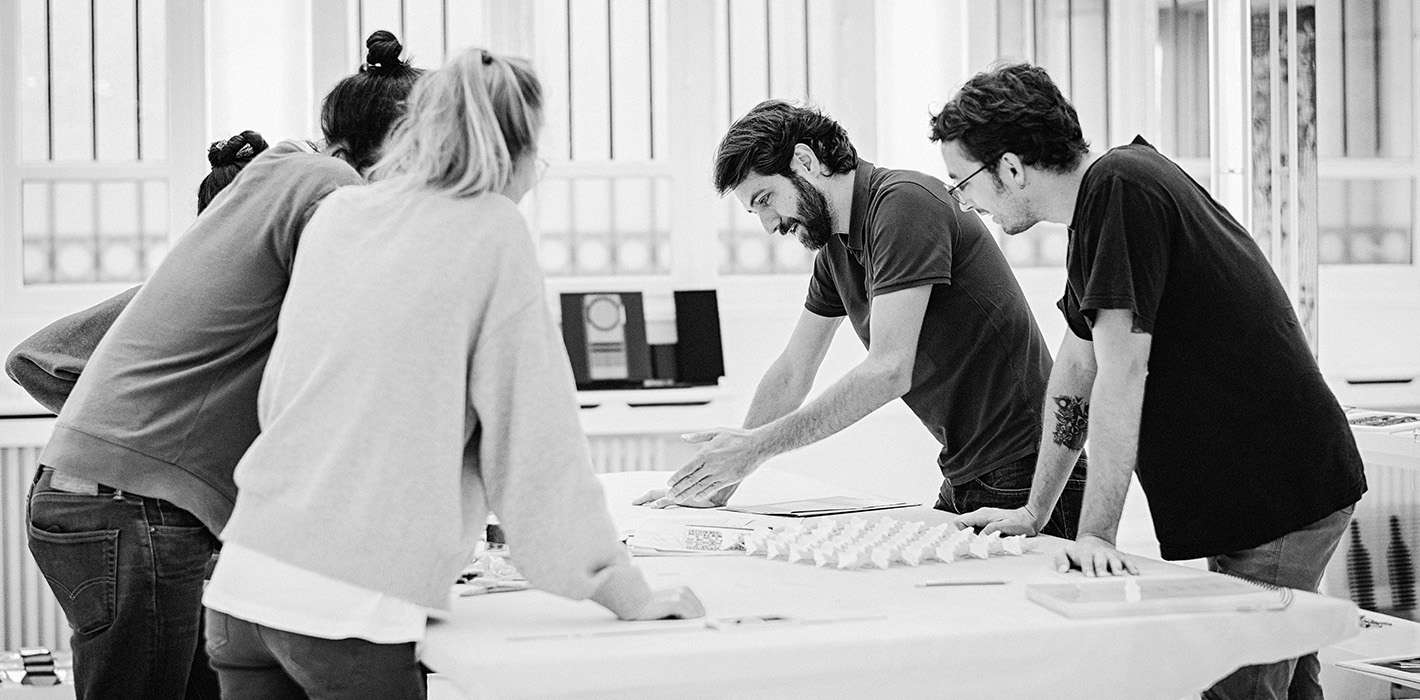
How do you describe design?
There are many ways to approach this word, but for me, it is essentially the conjunction of function and form. This may sound basic, but this dual polarity already offers a vast horizon in which the most decorative proposals coexist with the most minimal ones.
What were your first experiences in the world of design?
While I was halfway through my course, there was a project at ENSCI in partnership with Hermès, focusing on the theme of the Traveling Object. My proposal for a variable geometry satchel, tailored to the needs of a consultant, caught the interest of Hermès, who offered me the opportunity to bring this project to fruition during an internship and later to join the leather goods team to design bags, luggage, and small leather goods.
I had the chance to work with Pascale Mussard, who had recently been appointed artistic director of Petit h and had overseen the project with ENSCI, spotting me in the process. Later, she even invited me to be part of the roster of creators at Petit h.
After Hermès, I worked as an independent designer, notably collaborating with Jean Marie Massaud, who was involved in numerous furniture and mobility design projects, among others for Toyota. In fact, one of his projects caught the attention of 14 Septembre, the agency commissioned by Studio MTX at the time to find a replacement for someone leaving the team.
How and when did you join Studio MTX?
With a commitment to the world of artisanal crafts and the somewhat serial gesture, I joined Studio MTX. Studio MTX is a department dedicated to the architecture of the Haute Couture workshop Montex. When Annie Trussart took over the artistic direction of Montex in the 1980s, she developed a language around embroidery that was very different from what was being done at the time. She introduced plastic, acetate, concrete, wood into embroidery and established a language that could be called architectural embroidery, raised embroidery, in volume. She had attended Duperré; she had a training in embroidery, was passionate about architecture, and also a bit of rock’n’roll.
During the economic crisis of 2008, the fashion industry suffered quite a bit. An idea germinated in Annie’s mind to shift from clothing to space; to open up embroidery to other markets, especially interior architecture. The first experiments took place in 2011, and in 2013, MTX’s work was revealed at the Milan Furniture Fair. Studio MTX appeared as the creator of embroidered miracles in the world of interior architecture, allowing the production of micro-architectures, partitions, and screens that don’t entirely build the architecture but contribute to it. This allowed Studio MTX to exist, but the projects were so premium that it did not allow for the necessary recurrence for the functioning of a business. I joined the team in 2015 to make a turn, a repositioning. I worked for two years alongside Annie, who handed over her position to me in 2017.
What is the role of an artistic director for such a workshop?
I have a position that allows me to make a number of decisions with the General Manager, Cécile Léal. It encompasses both artistic direction, the studio’s editorial line, and at the same time, the strategic positioning: how to bring this activity to life?
After some trial and error, we found the positioning of this project that breaks out of the conventional frameworks: offering these materials, derived from the embroidery craftsmanship, retaining their essence while freeing themselves, particularly from a technical perspective, for interior architecture projects. We address architects capable of thinking about screens differently than with wooden slats or glass bricks, and who want something different for a ceiling covering. This year, we are also launching our first product lines, starting with mirrors and lighting.
Photos – ©Alix Marnat, ©Loic Salfati, ©Cecil Mathieu, ©Rodrigo Rize
